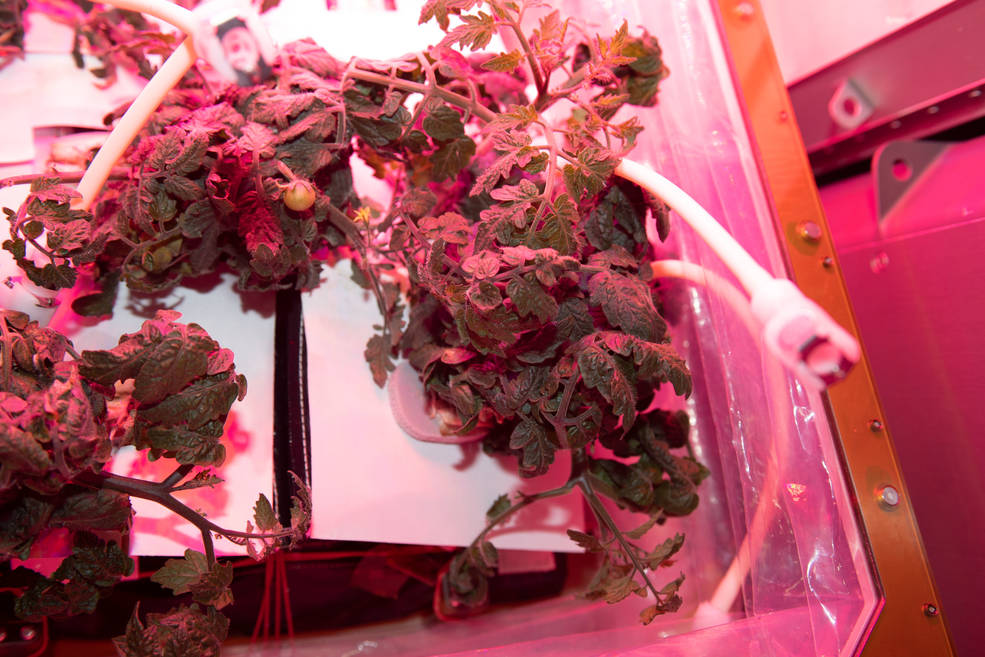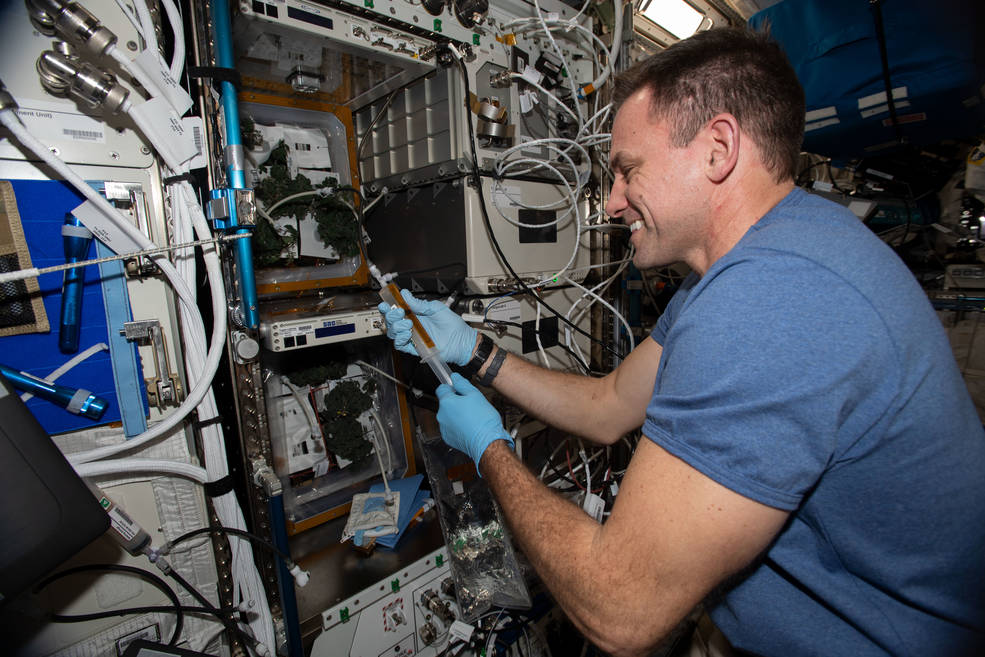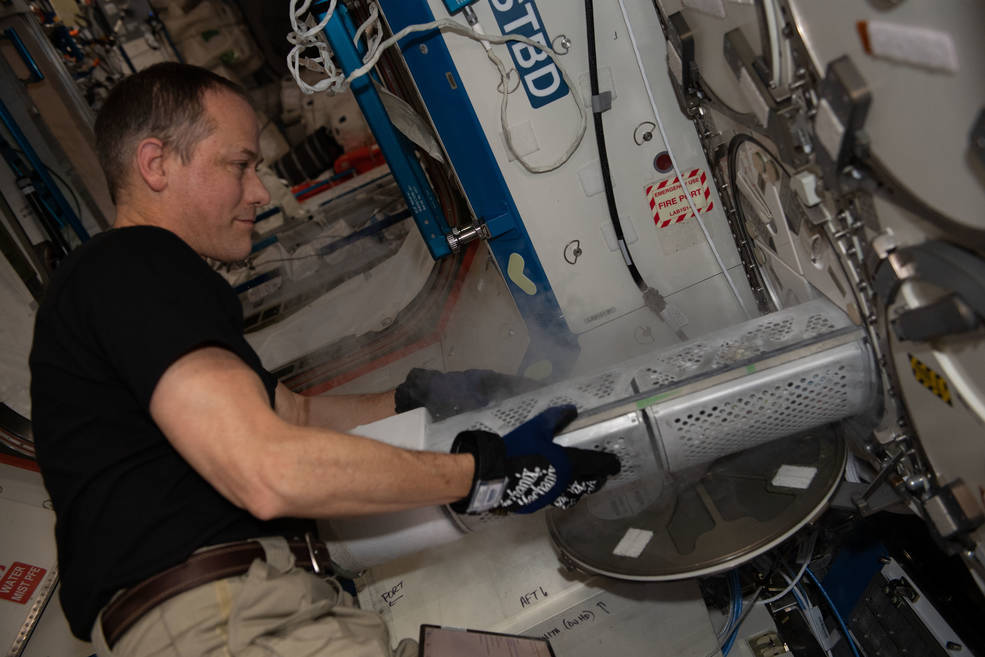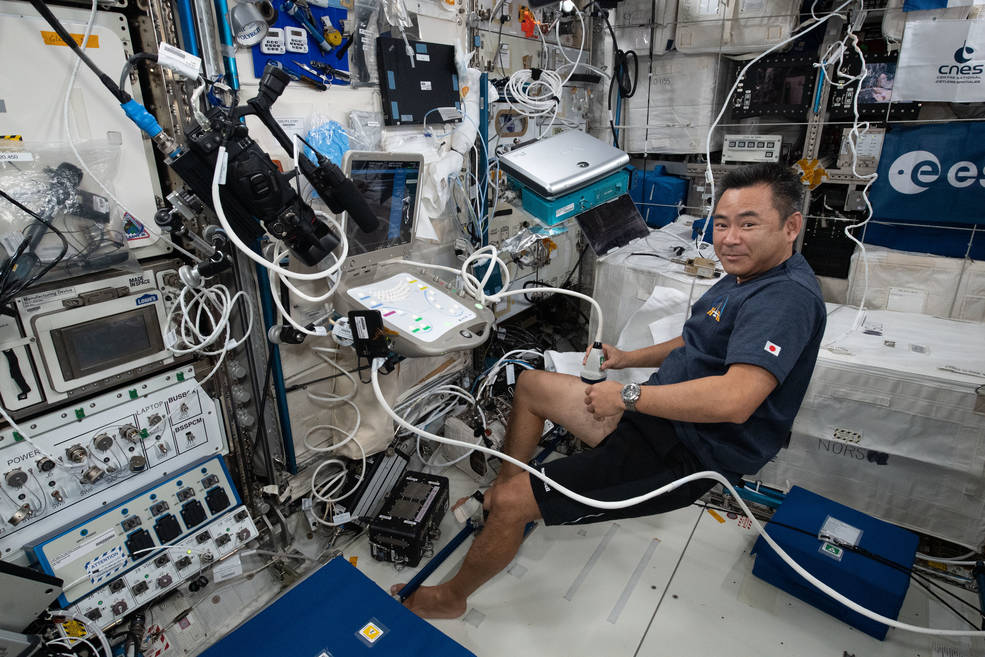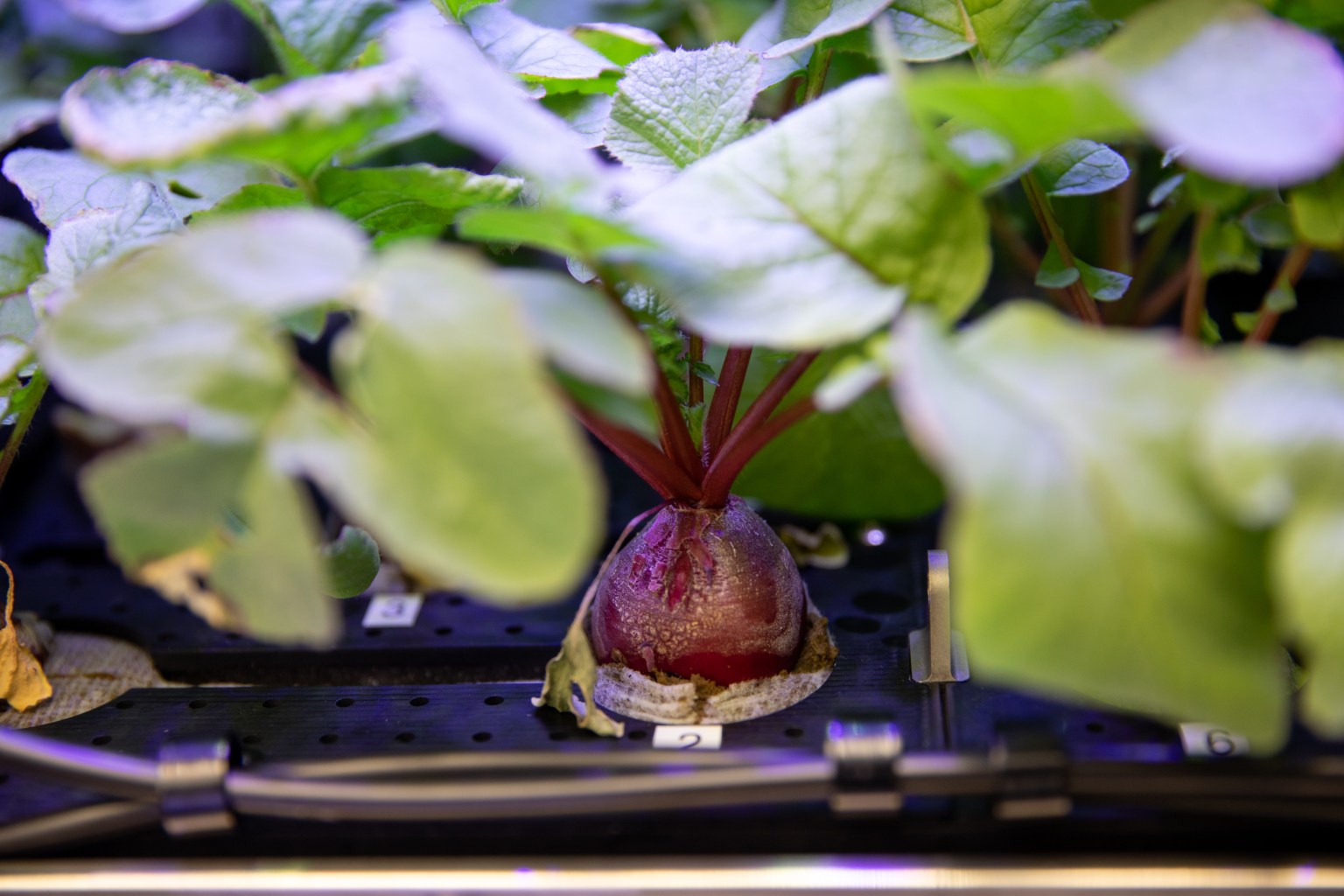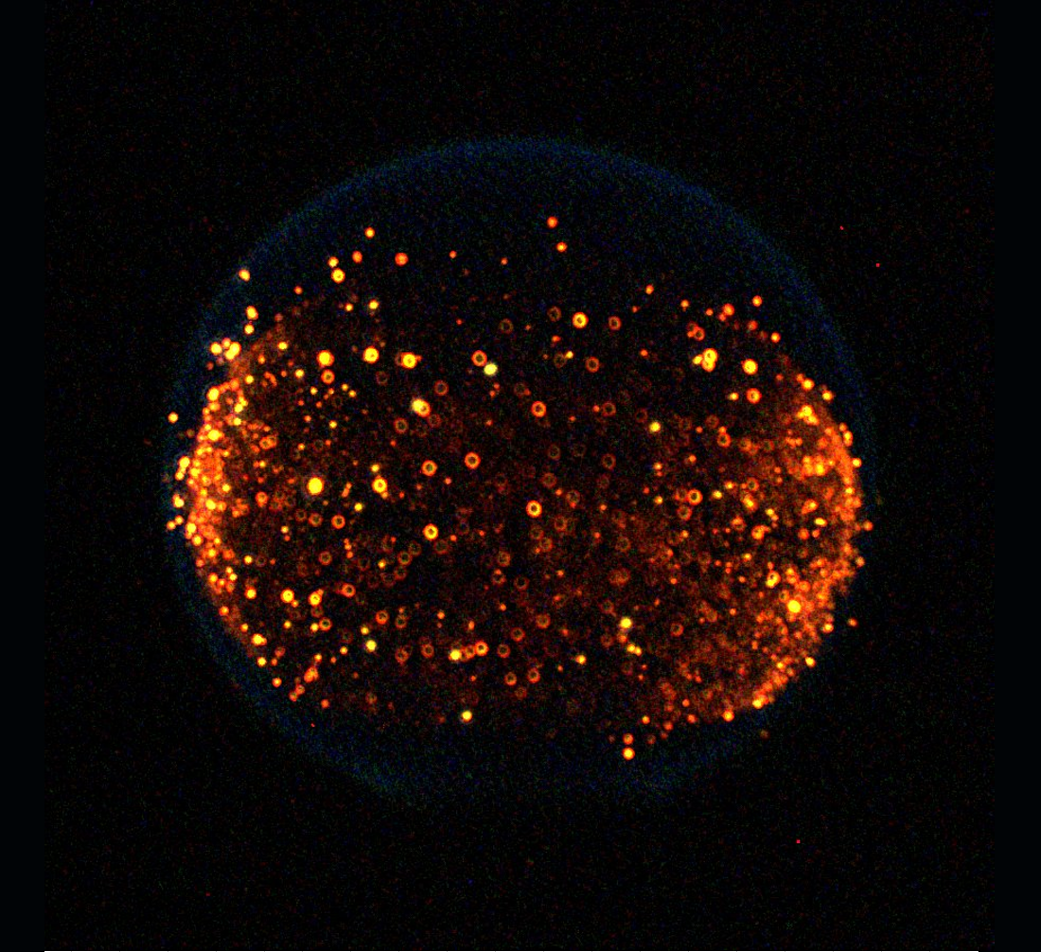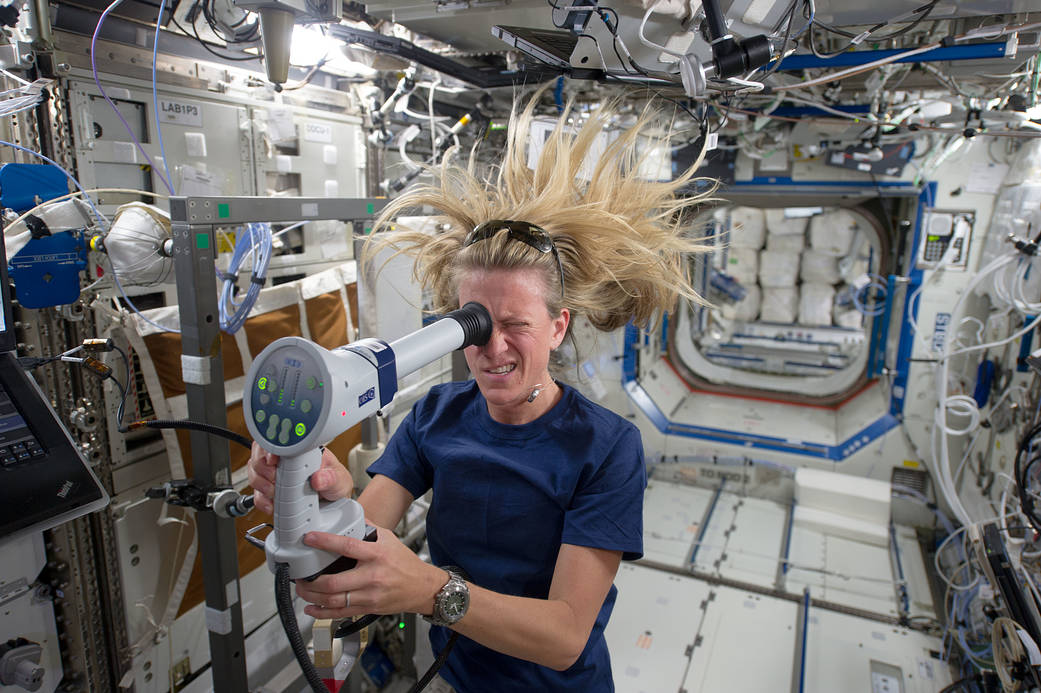Samples from NASA studies of plant growth, fire safety, and changes in muscles and arteries are returning from the International Space Station April 15 aboard the 27th SpaceX commercial resupply services mission for the agency.
After splashdown of Dragon, scientific samples will be taken to NASA’s Kennedy Space Center in Florida where scientists will perform additional analyses before the effects of gravity fully kick in.
Read more about some of the equipment and samples making the journey back to Earth:
Bringing in the Space Tomato Harvest
Veg-05 grew dwarf tomatoes in the station’s Veggie facility to examine the effects of light quality and fertilizer on fruit production, microbial safety, and nutritional value. The capability to grow plants in space for fresh food and to enhance the overall living experience for crew members is key to future long-duration missions. The hardware, a miniature greenhouse, could be adapted to provide fresh produce for those without access to a yard on Earth and for horticultural therapy for elderly or disabled individuals. The crew performed three harvests at 90, 97, and 104 days, freezing the tomatoes along with water samples and swabs of the growth hardware. Those samples are returning to Earth for analysis.
Fire Safety
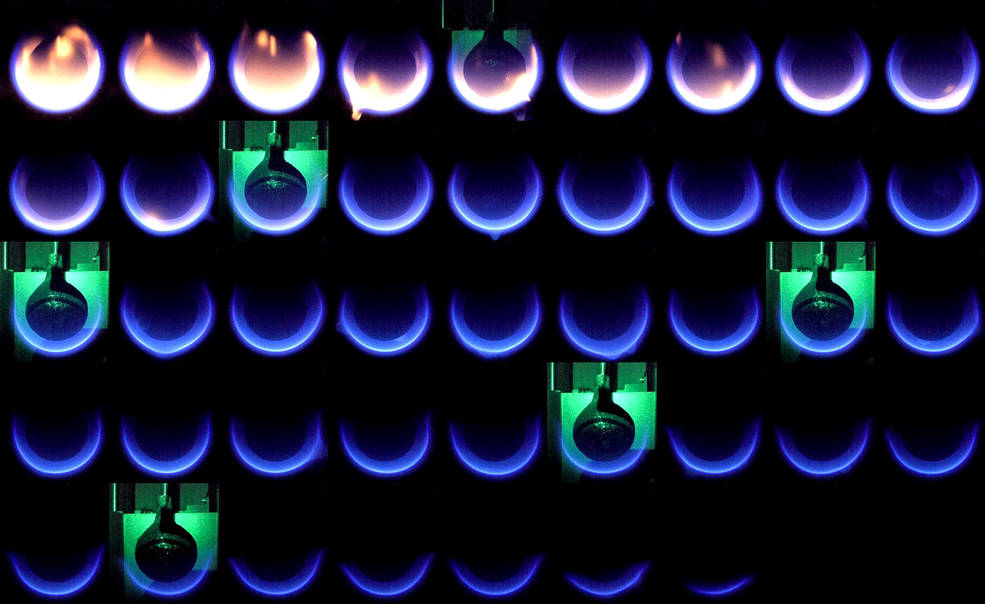
Solid Fuel Ignition and Extinction – Growth and Extinction Limit (SoFIE-GEL) studies burning in microgravity, including how fuel temperature affects material flammability. The investigation could improve safety of crew members on future missions by increasing understanding of early fire growth behavior, informing selection of fire-resistant spacecraft cabin materials, validating flammability models, and helping to determine optimal fire suppression techniques. Studying flames in space without the complications of buoyancy also helps improve computer models of combustion for terrestrial applications. Gel samples from the investigation are returning to Earth for further analysis.
Muscles in Microgravity
Myotones, an investigation from ESA (European Space Agency), observes the properties of muscles, such as tone and elasticity, during long-term spaceflight. Results could lead to the development of strategies to protect muscle function in astronauts on future space missions and to rehabilitate people who experience loss of muscle function on Earth. Changes in muscle properties are reflected by changes in blood-borne biomarkers and scientists plan to examine such biomarkers in blood samples collected during flight and upon their return to Earth.
Analyzing Aging Arteries
Astronauts can experience accelerated arterial stiffening and thicker artery walls after six months in space, and a daily session of aerobic exercise alone may not be sufficient to counteract these effects. Vascular Aging, an investigation from the Canadian Space Agency, monitors these changes using artery ultrasounds, blood samples, glucose tolerance tests, and wearable sensors. Results could help identify and assess risk to astronaut cardiovascular health and point to mechanisms for reducing that risk. For the aging population on Earth, understanding the mechanisms behind arterial stiffness could provide insight to guide prevention and treatment. Blood samples collected for the investigation return to Earth for analysis.
Live coverage of Dragon’s departure from station begins at 10:45 a.m. EDT April 15 on NASA Television, the agency’s website, and the NASA app. Find updates on undocking, splashdown, and subsequent events on the space station blog.
Melissa Gaskill
International Space Station Program Research Office
Johnson Space Center






























